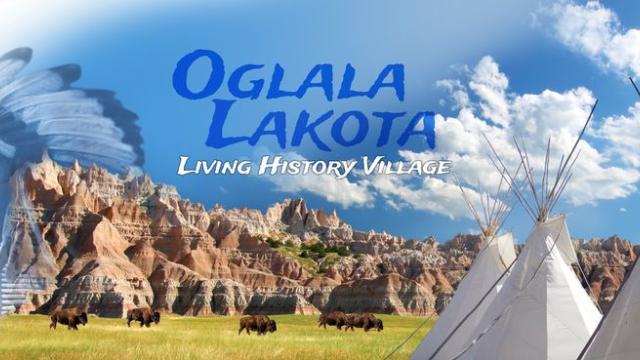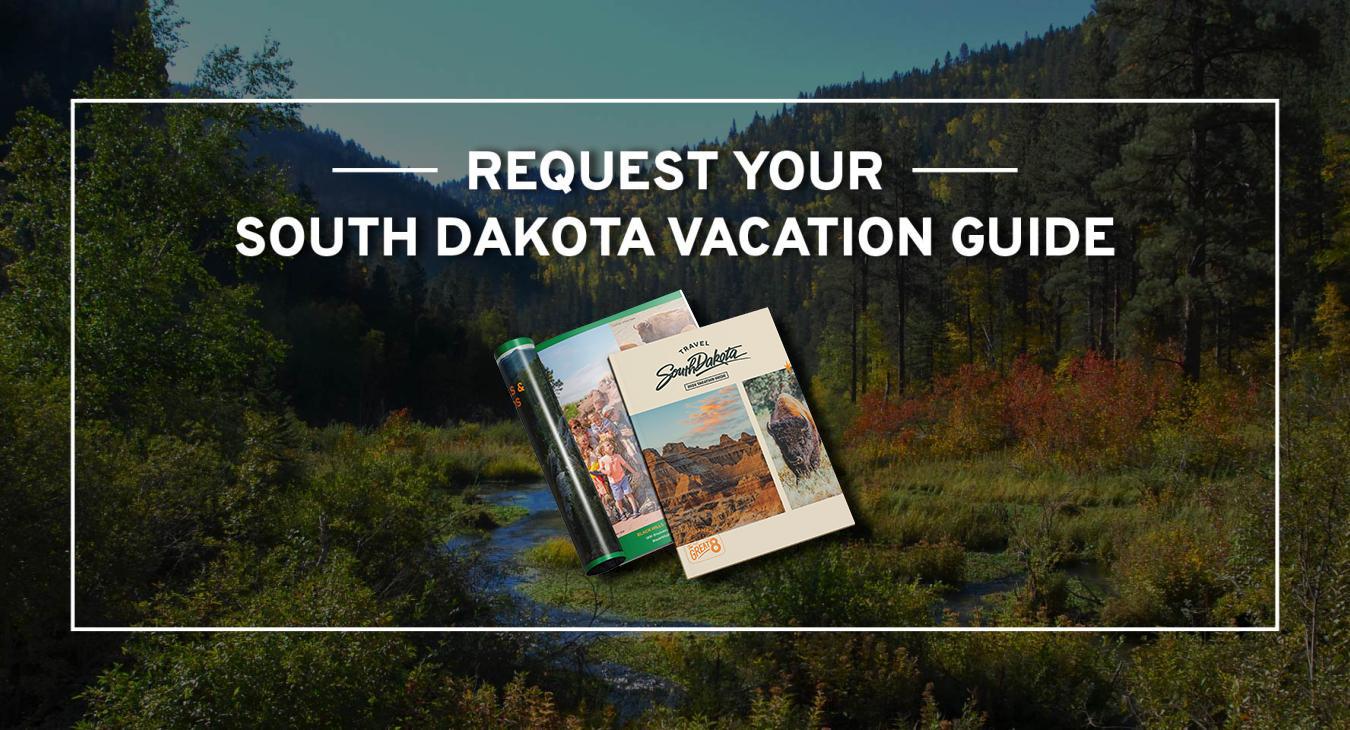Visitors to South Dakota’s Badlands National Park can now add a new stop to their tour thanks to the creation of Oglala Lakota Living History Village. Conveniently located just off I-90 (at exit 131) and close to the Minuteman Missile National Historic Site, Custer State Park, and the city of Deadwood, the village opened in 2021 and depicts Oglala Lakota life from the late 1800s through the 1960s.Local Oglala interpretive guides share historical facts and modern-day cultural knowledge as they take groups through the various types of housing structures utilized by the Lakota people. You’ll see firsthand how the dwellings were maintained and the conditions in which the people lived.Their StoryOglala Lakota is the historical name of the Oglala Sioux Tribe that is now located on the Pine Ridge Indian Reservation. Most commonly known as Sioux Indians, the Oglala are one of the seven tribes that make up the Great Sioux Nation or Seven Council Fires. A nomadic tribe primarily living on the open plains, the Oglala followed the migration of the buffalo or the American bison and relied heavily on the animal not only for food but also for their hides and bones.Led by Chief Red Cloud, the Lakota people were placed on reservations after the tribe signed the 1868 treaty with the U.S., ending the Indian Wars in the area.Dwelling PlacesIn the early days on the reservation, the Lakota people lived in tipis (or teepee) like they did when they lived on the land. Made of buffalo hides (and later canvas when available), these “mobile homes” could be constructed and deconstructed very quickly. As part of the treaty and in exchange for living peacefully on the reservation, the U.S. government provided housing to the Lakota, which included canvas tents to replace the tipis.In addition to exploring the housing structures, groups will learn about the Dawes Act, which provided individual land ownership for the Lakota and eventually led to log cabins as more preferable housing for the now stationary population, see how the horse and the Lakota people are intertwined at the horse display, and enjoy a unique shopping experience from local artists selling original native art on-site.Learn to see the movement of the land, you’ll learn to understand the movement of the people. Your learning adventure begins soon, for more information contact PRACC at pracc@gwtc.net





